
UK Parking Laws Explained
We all want to avoid the expense and annoyance of being one of the millions in the UK who receive a parking ticket issued by traffic wardens. The problem is, it’s not easy to know all of the different rules when it comes to parking.
There are many different signs, some of which indicate yellow lines, red lines and white lines – each of which has its own parking restrictions.
Please read on to learn when and where you can park (without crossing the line).
What's the difference between parking, waiting and stopping?
It can sometimes be confusing to work out what the difference is between 'no stopping' and 'no parking'. The best way to understand the difference between parking and stopping is to get literal.
A 'no stopping' sign, or 'clearway' sign, means no stopping whatsoever - even to drop someone off.
A 'no waiting' or 'no parking' sign lets a driver stop temporarily, maybe to let out a passenger or unload some goods, but you can't linger there.
A guide to where you cannot park
Single Yellow Lines
A single yellow line – either painted on the road or on the kerb – means no waiting, parking, loading or unloading at the times shown on the accompanying sign. Check for any signs which indicate if and when restrictions are lifted during weekends and evenings.
Double Yellow Lines
Unless you hold a Blue Badge indicating that you have a disabled parking permit, you cannot park on double yellow lines. Some areas have special exclusions that allow you to park on the lines at certain times but these will be clearly displayed on street signage. If you can’t see a sign, play it safe and assume the parking ban is in place all day every day. Disabled badge holders are allowed to park on double yellow lines for up to three hours as long as they are not causing an obstruction.
Yellow lines with single or double kerb ‘blip’
Yellow lines off the edge of the kerb indicate a No Loading restriction. They are only used when there is a yellow line restriction already in place. Just like yellow lines that run along the edge of the road, they can be double, which apply all of the time, or single, which apply at the times specified on the nearby sign.
No loading restrictions remove the exemption that normally applies to yellow lines for loading or unloading. Blue badge holders, who normally can park on yellow lines, also cannot park where there is a no loading restriction.
Single red lines – no parking, loading or boarding during times indicated by a sign
Single red lines mean stopping is NOT permitted during the times indicated, which will typically be around the rush hour. All restrictions are shown on nearby signs. The red lines apply to the carriageway, pavement and verge.
Double red lines – no parking, loading or boarding at any time
Double red lines always mean no stopping at any time. The red lines apply to the carriageway, pavement and verge.
Double white line – No parking at any time, except to drop off passengers


Parking where double white lines are in the centre of the road. However, Highway Code 240 stipulates that you must not park on a road marked with double white lines, even when a broken white line is on your side of the road, except to pick up or set down passengers or to load or unload goods.
Cycle lane

These are shown by road markings and signs. You must not drive or park in a cycle lane marked by a solid white line during its time of operation. Do not drive or park in a cycle lane marked by a broken white line unless it's avoidable.
Dropped kerbs, across pavements or verges

This is one area of parking laws that always causes controversy. Dropped kerbs are lowered sections of the pavement that allow easier access from the pavement to the road by wheelchair users, pushchairs and the visually impaired. Dropped kerbs are also often found outside of businesses and private residences for vehicle access.
The Highway Code's Rule 243 states that you should 'not stop or park where the kerb has been lowered to help wheelchair users and powered mobility vehicles, or where it would obstruct cyclists except when forced to do so by stationary traffic.'
Parking a vehicle fully or partially across a dropped kerb is classed as an obstruction, and either the police or local council can enforce the contravention. Based on the resources a particular authority has in dealing with this, attention will usually be focussed on offences that impede those with disabilities.
As daft as it may seem, you can be issued with a PCN for parking across your own dropped kerb! To prevent this from happening, contact your local authority with the make, model, vehicle registration, and confirmation you live at the address.
Motorway hard shoulder
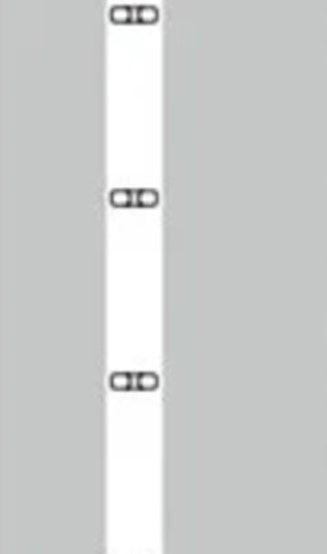
The hard shoulder is a narrow lane (typically 3.3m in width) that runs along the far left of most UK motorways. The regular motorway lanes separate it by a solid white line marked with red cats eyes.
Parking on the hard shoulder should only be used for emergencies, such as the following, and you’re not in a position to exit the motorway via a slip road:
· Your car suffers from a mechanical breakdown
· If there’s a medical emergency
· The police tell you to do so
If you do find yourself in the unfortunate position of having to use the hard shoulder, make sure you park as far over to the left as you can, and always ensure you turn your steering wheel firmly to the left once you come to a stop. Switch on your hazard lights as soon you come to a stop to warn other motorists that you have broken down.
Do not stay inside your vehicle, no matter how bad the weather is. The driver and passengers should exit from the vehicle's left-hand side (passenger) side and wait as close to the embankment as possible, preferably getting behind a roadside barrier.
If you’re unable to use your mobile phone to call for breakdown assistance, you should walk to one of the emergency phones located on the hard shoulder.
Please note that parking on the hard shoulder for a reason which doesn’t include the above, you could incur a £100 fine as well as three penalty points on your licence.
Tramways
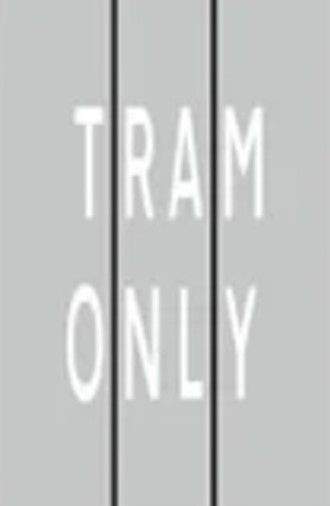
The Highways Code 302 stipulates that motorists must not park their vehicle where it would get in the way of trams or where it would force other drivers to do so.
Do not stop at any part of the tram track, except in a designated bay where this has been provided alongside and clear of the track.
Access routes for emergency vehicles and yellow zigzags at school entrances

Yellow zigzag lines outside hospitals, schools, fire, police or ambulance stations indicate the length of the road where stopping or waiting is strictly prohibited. You may even find an upright sign indicating a mandatory prohibition of stopping during the times shown.
Pedestrian crossings or zigzags on the approach
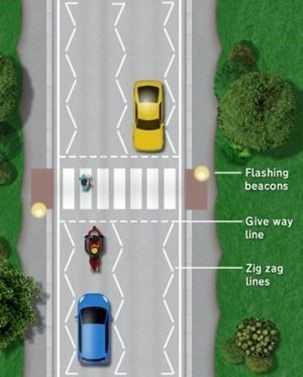
The approach to, and exit from, a pedestrian crossing is marked with zigzag lines. It also means you must not park on them or overtake the leading vehicle when approaching the crossing. Parking here would block the view for pedestrians and the approaching traffic.
Blue Badge Bays
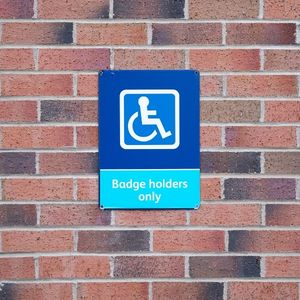
Did you know that research from One Poll in 2020 showed that almost two million drivers in the UK have admitted to misusing these spaces at some point?
Blue Badge parking bays are strictly for people with disabilities and own a blue badge.
Parking in front of a driveway
Rule 243 of the Highway Code confirms you must not stop or park 'in front of an entrance to a property'. Also, look out for the dropped kerb. This is an area where the kerb sinks to the road level. Once more, Rule 243 of the Highway Code states that you may not stop or park ‘where the kerb has been lowered to help wheelchair users and powered mobility vehicles.
There is often dropped kerbs in front of driveways, to make it easier for vehicles to pull out of their properties and join the road. According to the Highway Code, parking across driveways with a dropped kerb is an offence. However, from a legal standpoint, the Highway Code doesn’t carry much weight in the matter.
If you park across someone’s driveway, which has a dropped kerb, the resident could report the obstruction to the local council. Different local councils tend to have their own regulations and local laws, so the penalty for parking across a dropped kerb will depend on the local authority.
Parking on the pavement
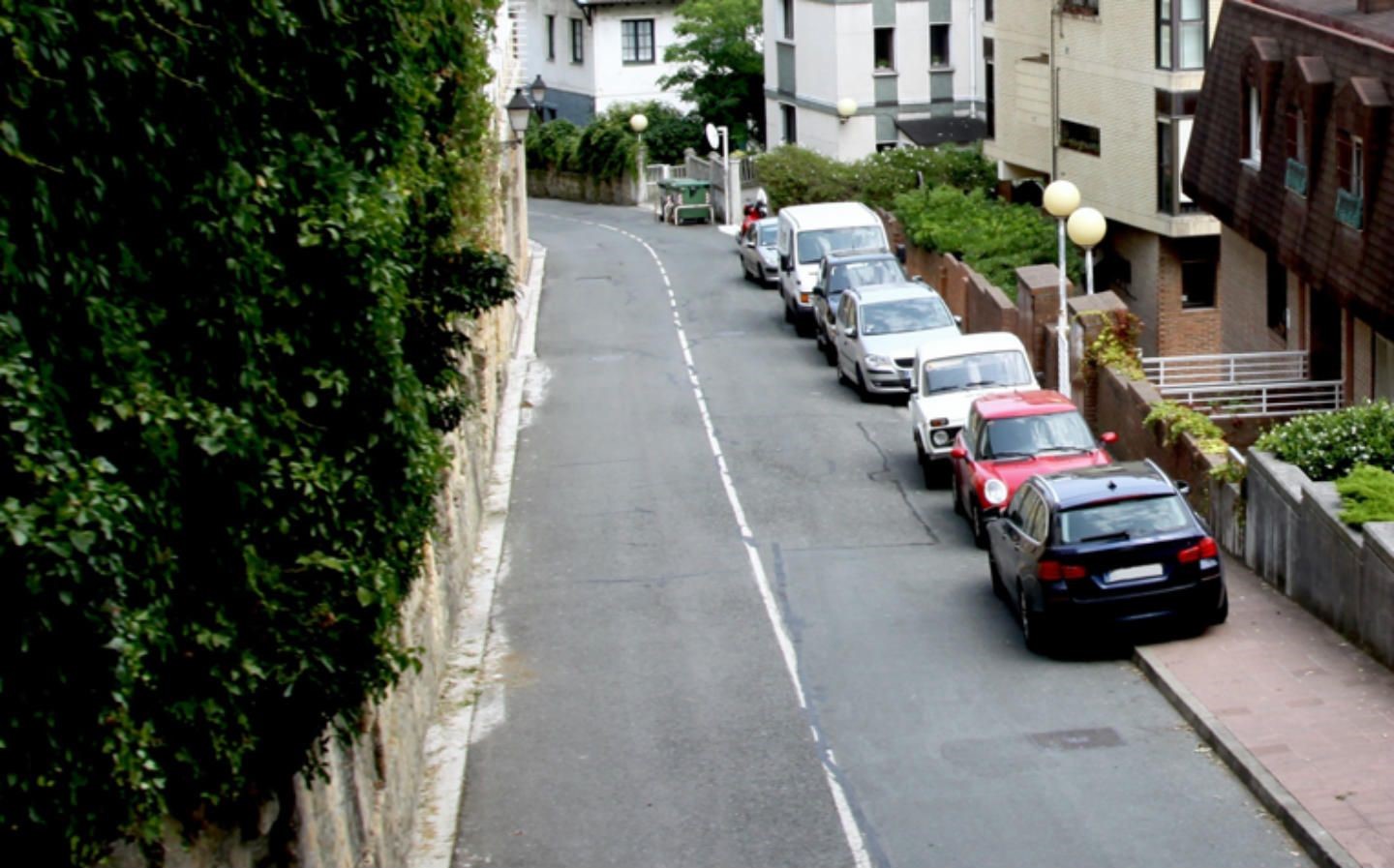
At present, pavement parking is allowed throughout most of the UK, with London being the one exception. Rule 244 of the Highway Code states that drivers must not park partially, or wholly on the pavement in London, and should not do so elsewhere unless permitted.
Roadside signs are key here, including ones in London. Despite what the Highway Code says, you could face a fine if you don’t park partly or wholly on the pavement in the capital city if, for instance, the road would be too narrow for traffic to pass through otherwise.
Heavy good vehicles (HGV’s) weighing more than 7.5 tonnes are prohibited pavement parking at all times unless it’s for essential loading.
Although there might not be a blanket ban on parking on pavements outside of London, this doesn’t mean that drivers are free to leave their vehicles where they want. The police can get involved in the following circumstances:
· A vehicle or trailer blocks roads anywhere in England & Wales
· A vehicle or trailer is left in a dangerous position
· A vehicle is driven on the pavement
Local councils have the authority to impose fines on drivers for parking on pavements, providing they employ signs pointing out any restrictions. These often go hand in hand with other parking restrictions, including yellow and red lines and Controlled Parking Zones (CPZ), which often restrict parking to permit holders, who are often local residents.
These restrictions are put in place to ensure pedestrians, particularly wheelchair users, children and parents with prams, can go about their business without needing to walk in the road because a vehicle is blocking the pathway.
The penalties for parking on the pavement are different, depending on whether the council or the police issue the fine.
However, if you are unfortunate enough to find a yellow plastic envelope attached to your windscreen after parking on the kerb, you can expect one of the following:
· A fixed penalty notice can be issued by the police, local council or the Driver and Vehicle Standards Agency for £50 or more
· A local council-issued Penalty Charge Notice (PCN) could cost you anything from £50 to around £130
It’s possible that parking on pavements across the UK could become illegal later in 2021 under new driving laws currently being considered by the Government.
So please keep a lookout for any further information on this during 2021.
Clearways – no parking in the clearway zone between the times on the sign
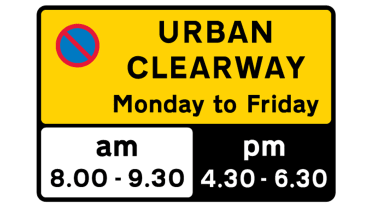
During the times of operation, motorists should not stop for anything but a very short amount of time on an urban clearway. You may only stop for long enough to pick up or drop off passengers. The rules for stopping on an urban clearway do not apply to lay-bys or official parking bays.
Blue Badges
.jpg)
A parking permit for disabled drivers or passengers is referred to as the Blue Badge in the UK. The permits are valid for three years and are usually issued to those with a registered disability that affects their mobility.
If you are registered as blind, you will automatically qualify for the Blue Badge scheme.
The parking permit allows the following:
· Badge holders may park on single or double yellow lines for up to three hours in England and Wales, except where there is a ban on loading or unloading. (Note: these allowances are not applicable in Central London)
· There is no time limit for parking on yellow lines in Scotland and unless local restrictions apply
· Where a time limit is in force, you must display both the Blue Badge and a parking clock, set to show your time of arrival
· Blue Badge holders may park for free and as long as they need to at on-street parking meters and at pay-and-display machines (Important Note: these allowances are not applicable in the City of London)
· Blue Badge holders can also park in council car parks either free and unlimited, or at reduced prices, or for longer periods. Check the information given by the pay and display machine at each car park
· If you park in one of the above circumstances, you may still be asked to move your vehicle by a police officer or traffic warden – if this happens you must move your vehicle
If you are unsure about what parking restrictions apply in a particular area, check before using your badge. You may be penalised for misusing your badge, even if you do so accidentally.
Highway Code Parking Rules in the UK
· Stop as close as you can to the verge or roadside
· Do not park a vehicle facing against the flow of traffic
· Do not stop too close to a vehicle displaying a Blue Badge as the occupant may need more room to get in or out
· Encourage all passengers to exit the vehicle on the left-hand side
· You must avoid hitting someone when opening the door – check for cyclists, pedestrians and other traffic before you open the door
· Before you leave the vehicle, ensure you have applied the handbrake, turned off the engine, headlights and fog lights
· Secure and lock the vehicle
Places you're never allowed to park
· The carriageway or the hard shoulder of a motorway unless in an emergency
· A clearway
· A pedestrian crossing, including the area marked by zig-zag lines
· Taxi bays as are indicated by upright signs and markings
· An Urban Clearway within its hours of operation, except to pick up or set down passengers
· A road marked with double white lines, even when a broken white line is on your side of the road, except to pick up or set down passengers, or to load up goods
· A cycle track
· A tram or cycle lane during its period of operation
· Red lines, in the case of specially designated ‘red routes’, unless indicated by other signs
· On a bend
· In front of an entrance to a property
· Where the kerb has been lowered to help mobility and wheelchair users
· Opposite a traffic island or another parked vehicle (if it causes an obstruction)
· Near the brow of a hill or humpback bridge
· On the approach to a level crossing
· Opposite or within 32 feet of a junction, except in an authorised parking bay
· Anywhere preventing access to emergency vehicles
· Near a school entrance
What happens if I park where I shouldn't?
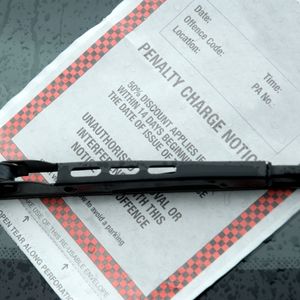
The Traffic Management Act 2004 allows Civil Enforcement Officers (England and Wales) or Parking Attendants (Scotland) to issue Penalty Charge Notices, which are more often referred to as parking tickets. This allows local authorities to control parking enforcement on public car parks, yellow lines, resident parking and on-street parking.
The PCN isn’t a fixed amount, and the cost depends on where you receive the ticket - typically, the amount can be £50 to £70. In London, the charges are usually higher.
You typically have 28 days to pay, but if you pay within 14 days, the cost is usually dropped by 50%.
It’s important to note that you’ll receive a Parking Charge Notice if you park illegally on private land. Also, privately owned car parks can set their own restrictions and fines, so be mindful to look out for signs regarding parking restrictions.
Are there any exceptions to parking rules?
Electric cars – more urban councils are now providing free or discounted parking for electric vehicles in parking spaces where you would typically need a permit or be expected to pay.
Please go to your council’s homepage for more information to check if any discounts apply.
